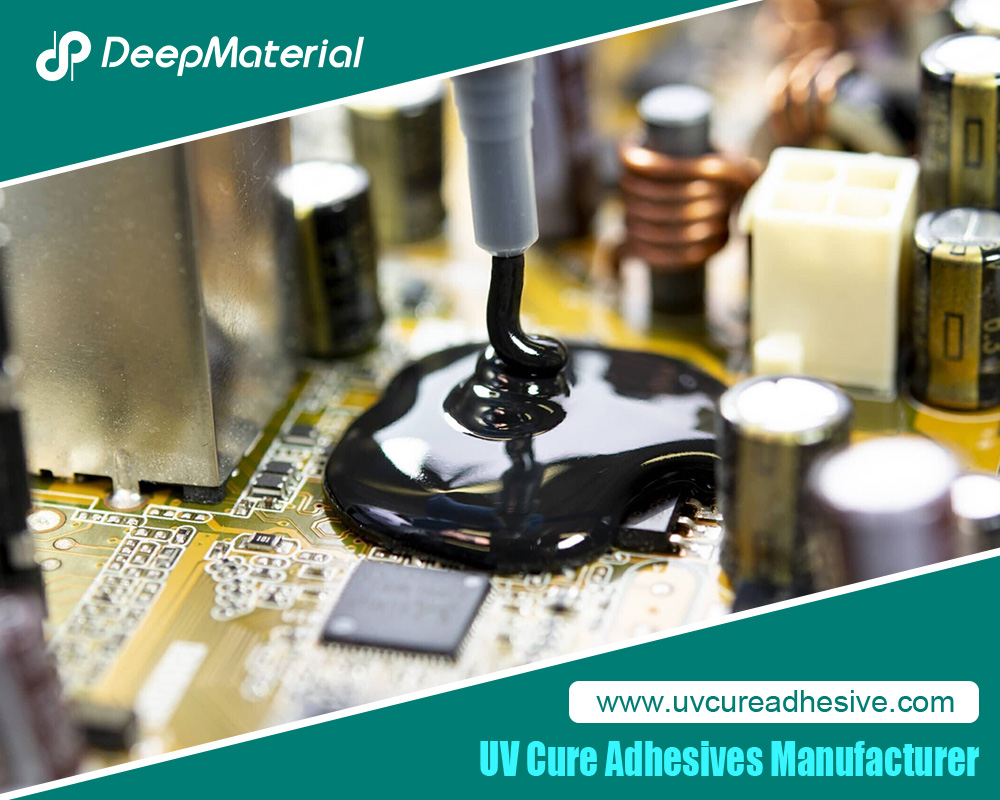The Environmental Impact of Conformal Coating Materials during Use and Disposal
This paper thoroughly explores the potential environmental impacts of conformal coating materials during their use and disposal processes. Through the analysis of the composition of conformal coatings, application processes, and disposal methods, this paper identifies the possible environmental issues at different stages and proposes corresponding solutions and suggestions. The aim is to provide technical references for the green application and sustainable development of conformal coatings.

Introduction
Conformal coating material is a protective coating applied to the surface of electronic components such as printed circuit boards (PCBs). It can protect electronic devices from environmental factors such as moisture, dust, and chemical substances, and improve their reliability and service life. However, with the rapid development of the electronics industry, the usage of conformal coatings is increasing continuously, and their impact on the environment has gradually attracted attention. Understanding the environmental impact of conformal coatings during use and disposal is of great significance for promoting the green development of the electronics industry.
Composition and Classification of Conformal Coatings
Conformal coatings mainly include acrylic-based, epoxy-based, silicone-based, and polyurethane-based types. Different types of conformal coatings have different compositions. Acrylic-based coatings usually contain acrylic resins, solvents, and additives; epoxy-based coatings contain epoxy resins, curing agents, and fillers; silicone-based coatings are mainly composed of polysiloxanes; and polyurethane-based coatings are formed by the reaction of isocyanates and polyols. Among these components, solvents and some additives may pose potential hazards to the environment and human health.
Environmental Impact during the Use of Conformal Coatings
1 Emission of Volatile Organic Compounds (VOCs)
Many conformal coatings release VOCs such as toluene and xylene during use. These VOCs not only affect indoor air quality but also participate in photochemical reactions in the atmosphere, forming ozone and secondary organic aerosols, which pollute the atmospheric environment.
2 Use and Emission of Solvents
In solvent-based conformal coatings, solvents volatilize into the atmosphere during the coating and drying processes. In addition, the production and transportation of solvents consume a large amount of energy and generate certain pollutant emissions.
3 Coating Waste and Generation of Waste
During the coating process of conformal coatings, coating waste may occur, such as excessive spraying and dripping. If these wasted coatings and packaging materials after use are not properly disposed of, they will pollute the environment.
Environmental Impact during the Disposal of Conformal Coatings
1 Impact of Incineration Treatment
Some conformal coating waste may be disposed of by incineration. However, harmful gases such as dioxins and heavy metals may be generated during the incineration process. If these harmful substances are directly discharged into the atmosphere without effective treatment, they will cause serious harm to the environment and human health.
2 Impact of Landfill Treatment
Landfill treatment is another common waste disposal method. But the harmful substances in conformal coating waste may leach into the soil and groundwater, polluting soil and water resources. In addition, landfills will occupy a large amount of land resources.
3 Challenges in Recycling Treatment
There are certain technical difficulties in the recycling treatment of conformal coatings. Due to their complex composition, it is difficult to effectively separate and recycle the useful components. In addition, the high cost of recycling treatment also limits its promotion in practical applications.
Measures to Reduce the Environmental Impact of Conformal Coatings
1 Development of Conformal Coatings with Low VOCs Content
Researching, developing, and using conformal coatings with low or no VOCs, such as water-based coatings and powder coatings, is an effective way to reduce VOCs emissions. These new types of coatings have gradually approached or even surpassed traditional solvent-based coatings in terms of performance.
2 Optimization of Coating Processes
Adopting advanced coating processes such as selective coating and automated coating can improve the utilization rate of coatings and reduce coating waste and the generation of waste. At the same time, optimizing the design and operation of coating equipment can also reduce VOCs emissions.
3 Establishment of an Effective Waste Recycling and Disposal System
Establishing specialized recycling and disposal centers for conformal coating waste, and adopting advanced recycling and disposal technologies such as physical separation and chemical treatment, can achieve the resource utilization and harmless treatment of waste. The government and enterprises should work together to formulate relevant policies and standards to encourage and support the development of the waste recycling and disposal industry.
4 Strengthening of Environmental Management and Monitoring
Enterprises should strengthen environmental management of the use and disposal processes of conformal coatings, and establish a sound environmental management system and monitoring system. Regularly monitor and evaluate the VOCs emissions, waste generation, and other situations during the production process, and promptly identify and solve environmental problems.
Conclusion
Conformal coating materials do have a certain impact on the environment during their use and disposal processes, mainly including aspects such as VOCs emissions, solvent pollution, and waste disposal. However, through measures such as developing conformal coatings with low VOCs content, optimizing coating processes, establishing an effective waste recycling and disposal system, and strengthening environmental management and monitoring, their negative environmental impacts can be significantly reduced. In the future, with the continuous improvement of environmental protection requirements and the progress of technology, the conformal coating industry will develop in a more green and environmentally friendly direction, providing strong support for the sustainable development of the electronics industry. At the same time, the government, enterprises, and research institutions should strengthen cooperation to jointly promote technological innovation and environmentally friendly development in the field of conformal coatings.
For more about choosing a comprehensive guide to the environmental impact of conformal coating materials during use and disposal, you can pay a visit to DeepMaterial at https://www.uvcureadhesive.com/ for more info.



